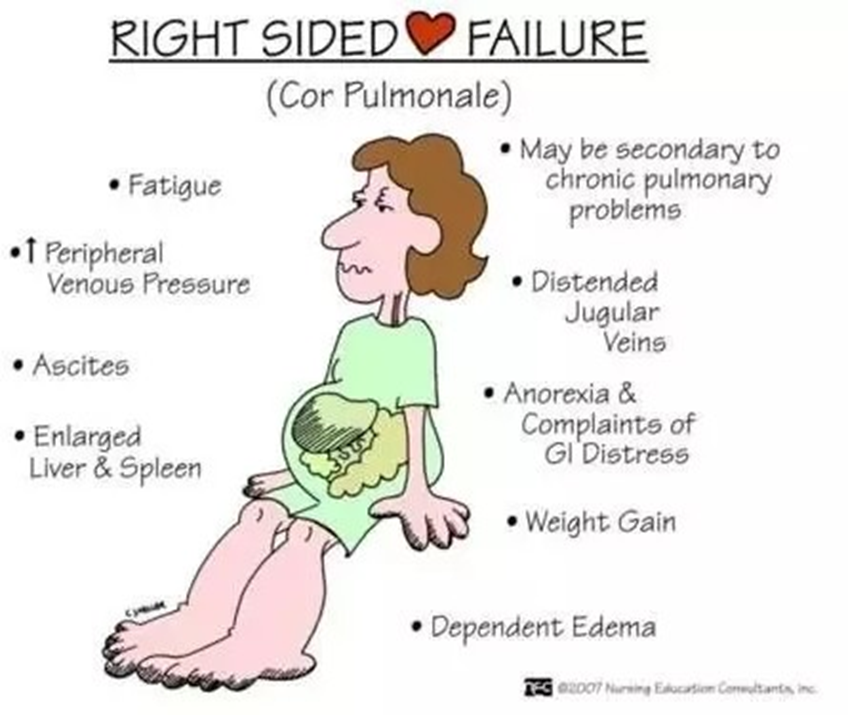What is the primary pathophysiological reason for performing Coronary Artery Bypass Surgery?
To reduce overall contractility of the heart muscle.
To reduce plaque buildup in the carotid artery.
To increase oxygen supply to the heart muscle.
To increase the myocardial workload.
The Correct Answer is C
Choice A rationale
Reducing the overall contractility of the heart muscle is not the primary reason for performing Coronary Artery Bypass Surgery (CABG)4. In fact, reducing the contractility of the heart muscle could potentially decrease the heart’s ability to pump blood effectively.
Choice B rationale
Reducing plaque buildup in the carotid artery is not the primary reason for performing CABG4. While plaque buildup in the carotid artery can lead to serious conditions such as stroke, CABG is specifically performed to bypass blocked coronary arteries, not carotid arteries.
Choice C rationale
Increasing the oxygen supply to the heart muscle is the primary reason for performing CABG4. When coronary arteries become blocked or narrowed due to plaque buildup, the heart muscle may not receive enough oxygen-rich blood. CABG is performed to create a new route, or bypass, around the blocked artery, which improves blood flow and oxygen supply to the heart muscle.
Choice D rationale
Increasing the myocardial workload is not the primary reason for performing CABG4. In fact, increasing the workload of the heart could potentially exacerbate heart disease and lead to complications such as heart failure.
Nursing Test Bank
Naxlex Comprehensive Predictor Exams
Related Questions
Correct Answer is D
Explanation
Choice A rationale
High-output heart failure is not typically associated with chronic pulmonary disease and elevated pulmonary vascular resistance. High-output heart failure occurs when the heart is unable to meet the body’s increased demand for blood flow, which is not the case in this scenario.
Choice B rationale
Low-output heart failure is also not typically associated with chronic pulmonary disease and elevated pulmonary vascular resistance. Low-output heart failure occurs when the heart is unable to pump enough blood to meet the body’s needs, which is not the case in this scenario.
Choice C rationale
Left heart failure is not typically associated with chronic pulmonary disease and elevated pulmonary vascular resistance. Left heart failure occurs when the left side of the heart is unable to pump enough blood to the body, which is not the case in this scenario.
Choice D rationale
Right heart failure is the correct answer. In the context of a 65-year-old male patient diagnosed with chronic pulmonary disease and elevated pulmonary vascular resistance, the nurse should assess for right heart failure. This is because the right side of the heart pumps blood to the lungs, and if the pulmonary vascular resistance is elevated, it can put strain on the right side of the heart, leading to right heart failure.

Correct Answer is C
Explanation
Choice A rationale
Furosemide (Lasix) is a diuretic often used in the treatment of pulmonary edema to help remove excess fluid from the body. While it’s important to monitor the patient’s fluid and electrolyte balance, it’s not typically necessary to question this medication.
Choice B rationale
Captopril (Capoten) is an ACE inhibitor used to treat conditions like heart failure and high blood pressure. It can be beneficial in managing pulmonary edema by reducing the workload on the heart. It’s not typically necessary to question this medication.
Choice C rationale
Digoxin (Lanoxin) is a medication used to treat heart failure and atrial fibrillation. It’s important to question this medication before administration because digoxin has a narrow therapeutic index, meaning the difference between a therapeutic dose and a toxic dose is small. Therefore, it’s crucial to ensure the patient’s digoxin levels are within the therapeutic range before administering more of the medication.
Choice D rationale
Carvedilol (Coreg) is a beta-blocker used to treat high blood pressure and heart failure. While it’s important to monitor the patient’s blood pressure and heart rate, it’s not typically necessary to question this medication.
Whether you are a student looking to ace your exams or a practicing nurse seeking to enhance your expertise , our nursing education contents will empower you with the confidence and competence to make a difference in the lives of patients and become a respected leader in the healthcare field.
Visit Naxlex, invest in your future and unlock endless possibilities with our unparalleled nursing education contents today
Report Wrong Answer on the Current Question
Do you disagree with the answer? If yes, what is your expected answer? Explain.
Kindly be descriptive with the issue you are facing.
